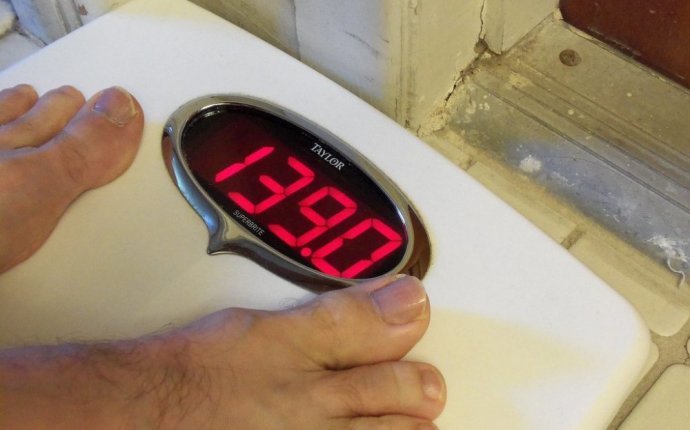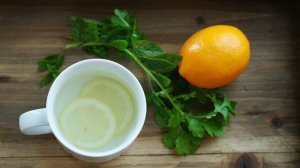
Holiday weight loss tips

The key to true mind-body balance? Understanding your body’s natural needs—how to eat, cook, cleanse, and heal—through each season. In our upcoming online course Ayurveda 101, Larissa Hall Carlson, former dean of Kripalu's School of Ayurveda, and John Douillard, founder of LifeSpa.com and best-selling author, demystify yoga's elemental sister science. Sign up now!
It's easy to gain weight during the holiday season, when we're continuously tempted by our favorite family treats and office party snacks. "It's challenging for folks to say 'no' to holiday treats, which often leads to water retention and weight gain, " says Larissa Hall Carlson, co-leader of Yoga Journal's new Ayurveda 101 course. Luckily, Ayurveda has the solution. "From the Ayurvedic perspective, weight gain pertains to kapha dosha and comes from eating too many sweet, salty, and sour foods, " Carlson explains. "A lot of the Ayurvedic approach to returning to a healthy weight after the holidays is about gently reducing excess kapha with simple diet and exercise changes, while simultaneously managing vata dosha through soothing, grounding, stress-reducing lifestyle practices (because vata governs winter)."
Here are Carlson's 7 best tips to help you drop excess weight and reset your body after the holidays.
1. Establish routine (and avoid snacks).
During the holidays, it’s easy to snack and splurge any time of day. But to stabilize digestion, it’s important to eat three seated, relaxed meals a day and avoid snacking. If you're really craving a snack or something sweet, enjoy a piece of fruit, like those delicious holiday clementines that everyone has lying around this time of year, or seasonal pears, persimmons, dates, or figs.
2. Eat a bigger lunch and a smaller dinner.
Eat a full, satisfying lunch and a smaller dinner, and eat dinner earlier, closer to sunset. Give yourself at least two hours to digest between dinner and bedtime - this allows for a complete, successful first stage of digestion before slumber, which is a time of detox and cleansing. If you go to bed with a full belly, you won't digest as well, and you'll likely wake up feeling sluggish and puffy (signs of increased kapha dosha). Lunch can include richer foods, like stews and thick soups. At dinnertime, it's better to have lighter things, like miso soup, steamed vegetables, or a simple veggie soup.
3. Get up and go in the morning.
Stoke your metabolism by getting your heart pumping early in the morning, whether it's with a sweaty vinyasa class, a jog, or a Spin class. In order to reduce excess water and weight (excess kapha), it's best to exercise during the kapha time of early morning (6–10 a.m), which will help you feel lighter and clearer for the whole day.
4. Add detoxifying twists to your yoga practice.
In your yoga practice, focus on twisting postures in order wring out congestion from the waist and chest, clear out clutter and sluggishness, and stoke the digestive fire.
5. De-stress in the late afternoon.
We often lose momentum for healthy eating in the late afternoon (2–6 p.m.), which is the vata time of day. Reduce stress and rejuvenate in the late afternoon by taking a gentle, restorative yoga or yin class or Savasana or yoga nidra on your own. If you're still at work, give yourself 10 minutes for soothing meditation or Nadi Shodhana pranayama. All of these grounding yogic techniques will help keep vata dosha balanced and prevent cravings for comfort foods.














